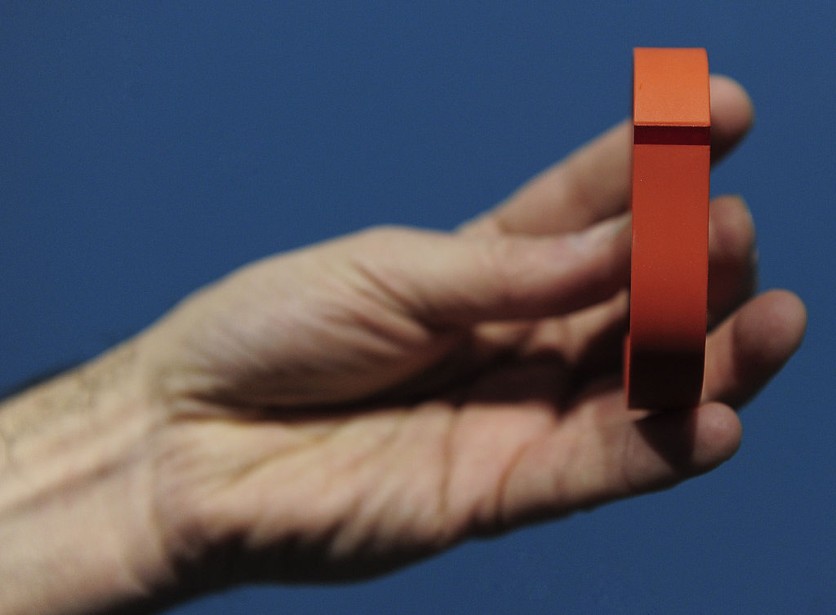What if, in the future, you can have a second skin that you can wear but make it electronic?
This possibility may not be so far-fetched since the Silicon Valley startup PyrAmes is creating a soft band that could be wrapped around a foot or wrist to measure blood pressure in intensive care units for preterm babies.
The wearable tech is intended to monitor blood flow continuously, much like an arterial line would, without the need for needles. The band will also be wirelessly connected to a tablet to track real-time blood pressure fluctuations.
PyrAmes co-founder and chemical engineer Zhenan Bao told Wired that this might lead to the rise of electronic skins (e-skins) in the future.

Second Skin
Bao envisions a gadget that can correctly assess blood pressure, glucose levels, oxygen levels, and temperature in real-time while being donned on the body like a second skin.
But to make this sci-fi-like concept a reality, the electronics employed must be flexible and stretchable. Hence, Bao's scientists have used a molecular technique to create organic polymers.
Wired explains that a polymer is a big molecule constructed from many monomers that repeat and are joined together like a long string of paper clips.
Researchers can stretch the material and mold it to suit or even inside the human body by altering the structure of the monomers.
Read also : 'Chameleon Robots:' These Robots Can Change Colors and Mimic Their Surroundings Through 3D Printing
Light-emitting Polymer
After more than three years of development, Bao and her team presented a proof of concept for a light-emitting polymer that glows similar to the filament in a light bulb in the journal Nature in March 2022. The material is flexible, stretchable, and can even crumble.
In sum, the research team showed that their gadget stretched to double its length while worn on a finger's knuckle without tearing apart.
Bao told Wired that the possible uses for electronic skin are endless but commercializing it will still be a long way to go as well.
Nonetheless, she is motivated by the idea of creating electronics that could ultimately aid in medical diagnosis and healthcare, whether in the form of implants, wearables, or prosthetics.
She is now focused on the incremental advancements of her research team in creating distinct building components, such as circuits, circuits, and biodegradable materials, that could one day make e-skin a reality.
Related Article : Apple Watch's Blood Oxygen Reader Yields Accurate Readings Similar to Medical-Grade Oximeters, Study Finds

ⓒ 2025 TECHTIMES.com All rights reserved. Do not reproduce without permission.




